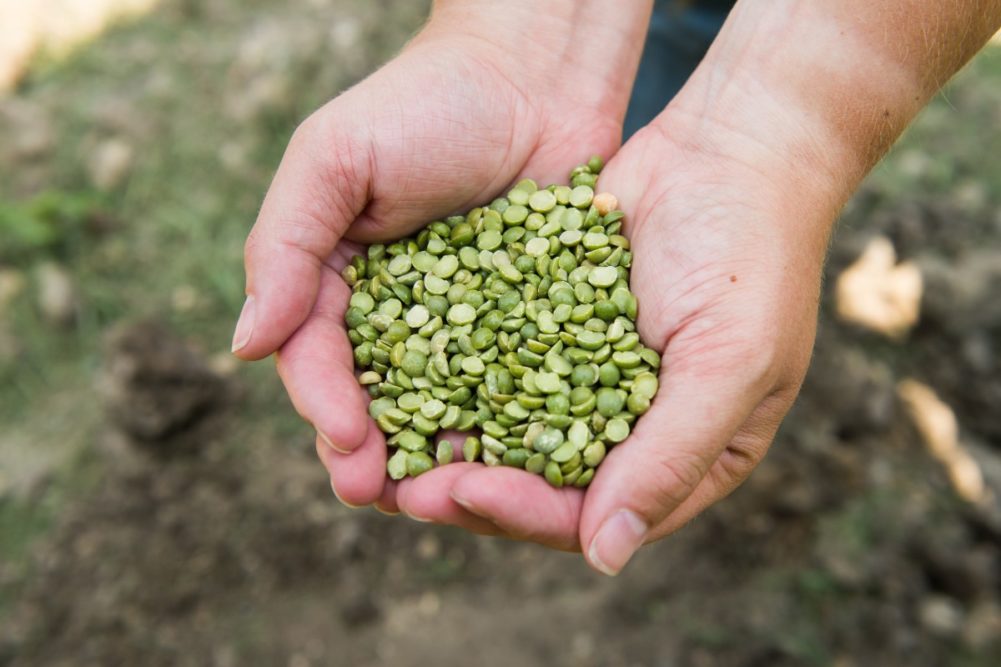Peas, the seed of the pod fruit Pisum sativum, are in the legume family and one of the few non-bean legumes. They are an excellent source of many nutrients and are currently being embraced for their protein content.
Pea protein contains all the essential amino acids, but it is not a complete protein because two of the amino acids, methionine and cysteine, are limited. In vegetarian products, to compensate, formulators typically blend pea protein with a complementary protein source, such as rice, chickpea, soy or pumpkin. In meat products, this is not necessary. The attraction of blending pea protein with real meat is to help consumers diversify their protein intake and eat more plants, a recurring message from the nutrition community.
Nick’s Sticks, a Castleray Company, Marshfield, Wis., is a producer of grass-fed beef, free-range turkey and free-range chicken meat snacks. The company is now adding a beef stick that includes pea protein to its lineup.
“We are excited we were able to create a meat snack stick that is 30% plant based to appeal to the 70% of consumers who are looking for more plant protein in their diet,” said Mark Vieth, president. “With our new beef sticks with pea protein, our customers can still get all of the protein they are looking for while consuming less beef in a snack stick that tastes as good as our original.”
Still made from 100% grass-fed beef, the sticks are gluten free with no nitrates, nitrites, antibiotics, hormones, sugar or soy. These Whole 30-approved snack sticks are perfect for those looking to trim some meat from their diet without missing out on vital proteins.
Not all pea proteins are created equal. Flavor varies based on how they are processed. From a functional standpoint, pea protein tends to be more soluble than other plant proteins, making them easier to work with in food matrices. Pea proteins also have emulsifying capabilities, which may assist in multi-ingredient systems. It is important to allow for proper dispersion and hydration time in formulas.



